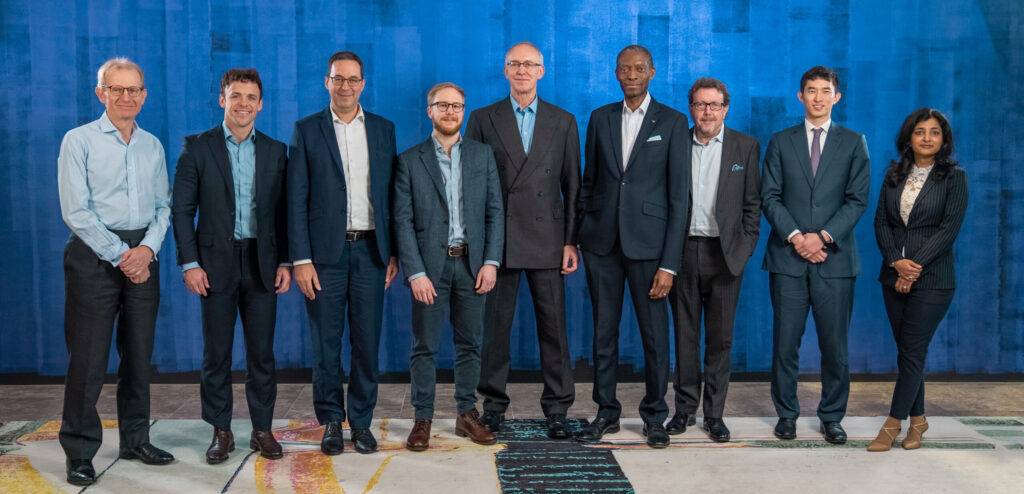Automation technologies such as blockchain make parametric insurance more viable. One of the biggest challenges with insurance is the cost of assessing and processing claims. If someone has flood insurance, sensors can measure whether the flood impacted a particular zip code and automatically make a fixed payout to the insured, no matter what damage they suffered.
On the one hand, this could benefit homeowners by enabling far quicker payouts and potentially lower premiums because the administrative costs are reduced. On the other hand, while some will get payouts despite little damage, for others the payout might only cover a fraction of their actual costs.

It makes considerable sense for the two blockchain networks to work together. In the early days, the two appeared to be vying for position. B3i managed to raise a considerable amount of funding, but far less than originally planned. RiskStream tends to fund initiatives on a piecemeal project basis.
“A number of B3i shareholders are members of the RiskStream Collaborative, and many of our customers and shareholders have longstanding business relationships with RiskStream members,” said John Carolin, CEO of B3i. “Together with RiskStream, we have sought opportunities to serve them and the wider insurance industry. With this Lab series, we look forward to taking these next steps, deepening this relationship and are excited about validating this use case.”
So far, B3i has rolled out several projects, starting with its original Catastrophe XOL reinsurance project, followed by a reinsurance project for nuclear pools last year. It has since expanded into maritime reinsurance and commercial insurance. RiskStream has conducted numerous proofs of concept and, in October 2021, quietly released the first version of its First Notice of Loss solution for auto insurance. The application entered the Guidewire marketplace last month.
While both platforms use enterprise blockchain, public blockchains are starting to be used for certain applications. Nexus Mutual has provided smart contract insurance for years. Last week Lemonade Foundation partnering with Hannover Re, announced it is using a public blockchain for a parametric insurance project for crop insurance. That’s something that public blockchain startup Etherisc has been involved with for years, including with partners such as AON.10All suggestions
Source: Ledger Insights










